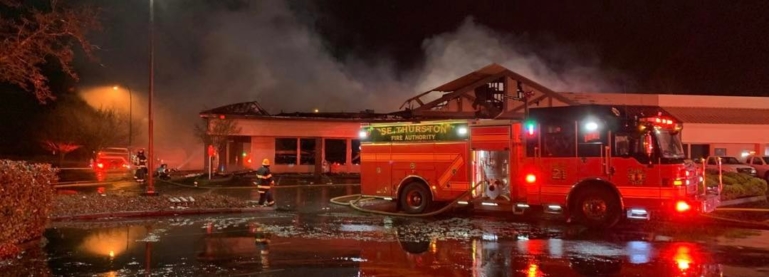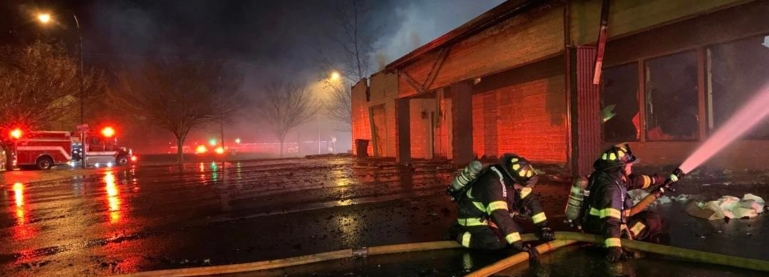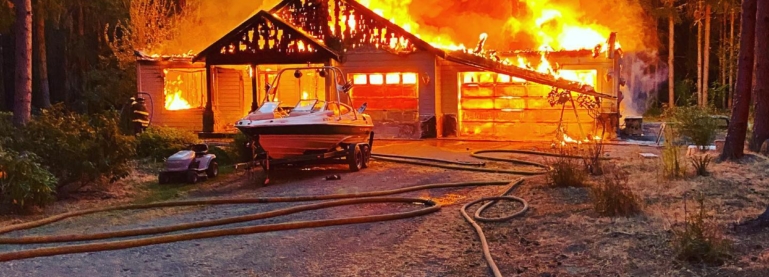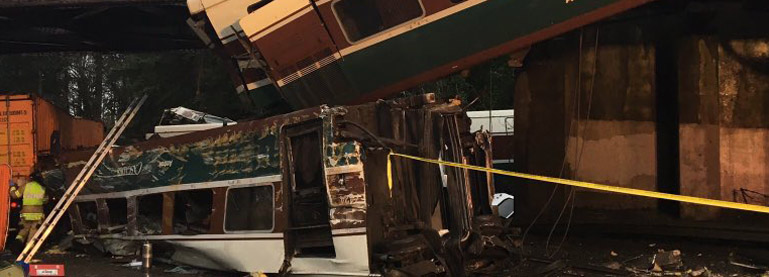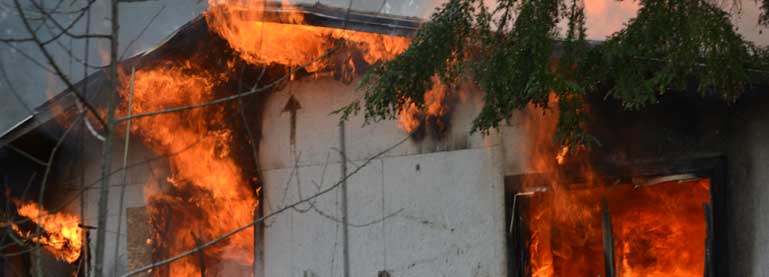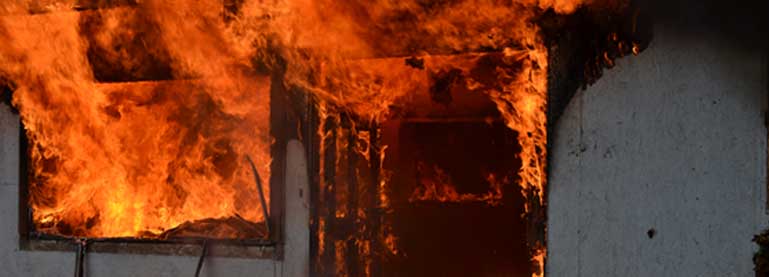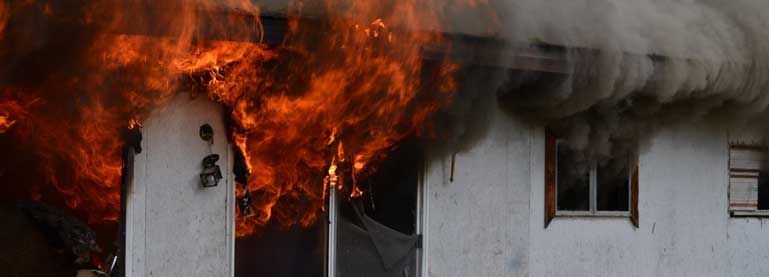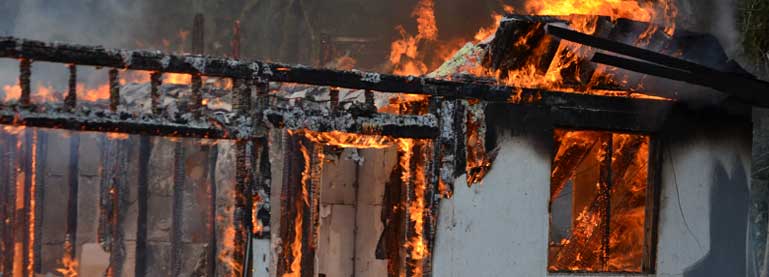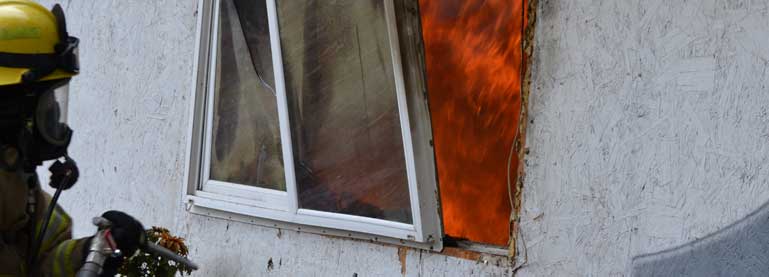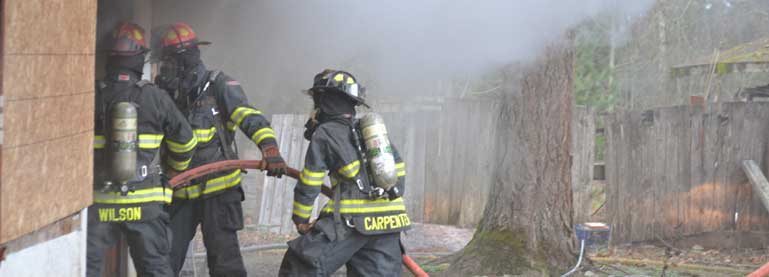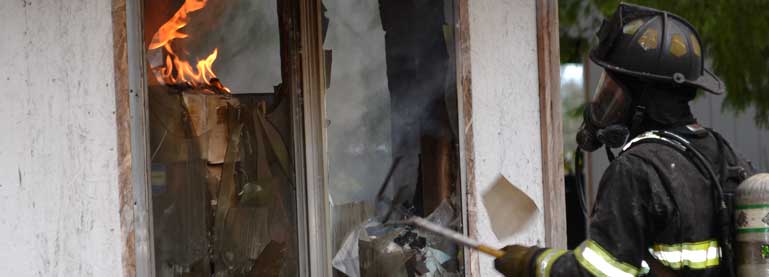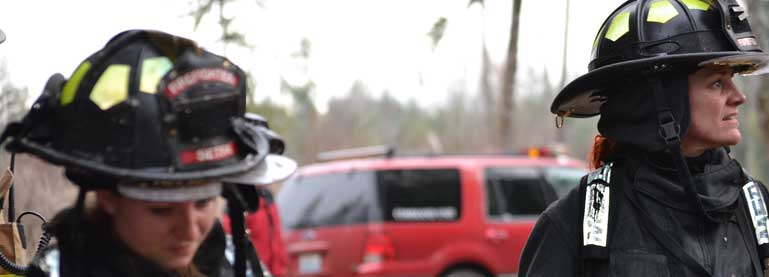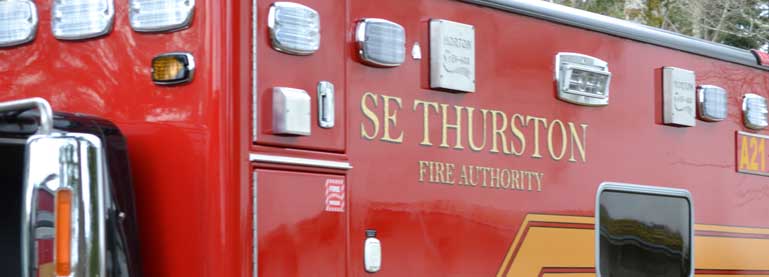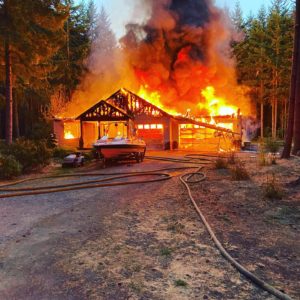The SE Thurston Fire Authority would like to applaud two of our firefighters: Joshua Burkhardt and Jeremy McLellan. Burkhardt and McLellan were mobilized to the Lake Palmer area to assist with the fire in the area. Their hard work helped to save a family’s home and we would like to share the message of thanks they sent us.
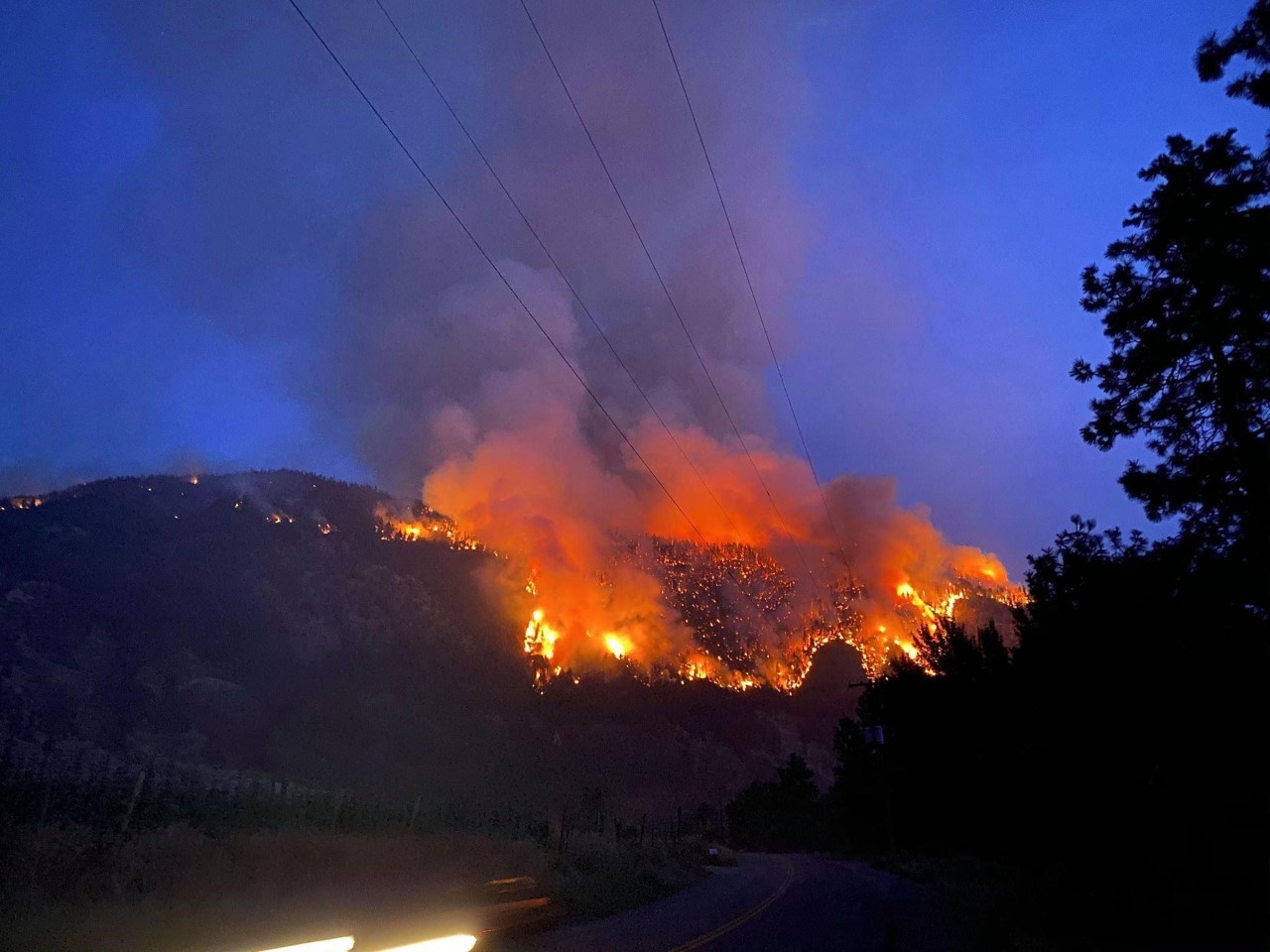
James and Monika Sturdivant live on Palmer Lake. On August 21st of this year, they were told by the fire marshall that they needed to evacuate the area due to the encroaching fire. The Sturdivants evacuated to a safe place. From where they were staying, James said that they could see the flames spreading close to where they knew their house was.
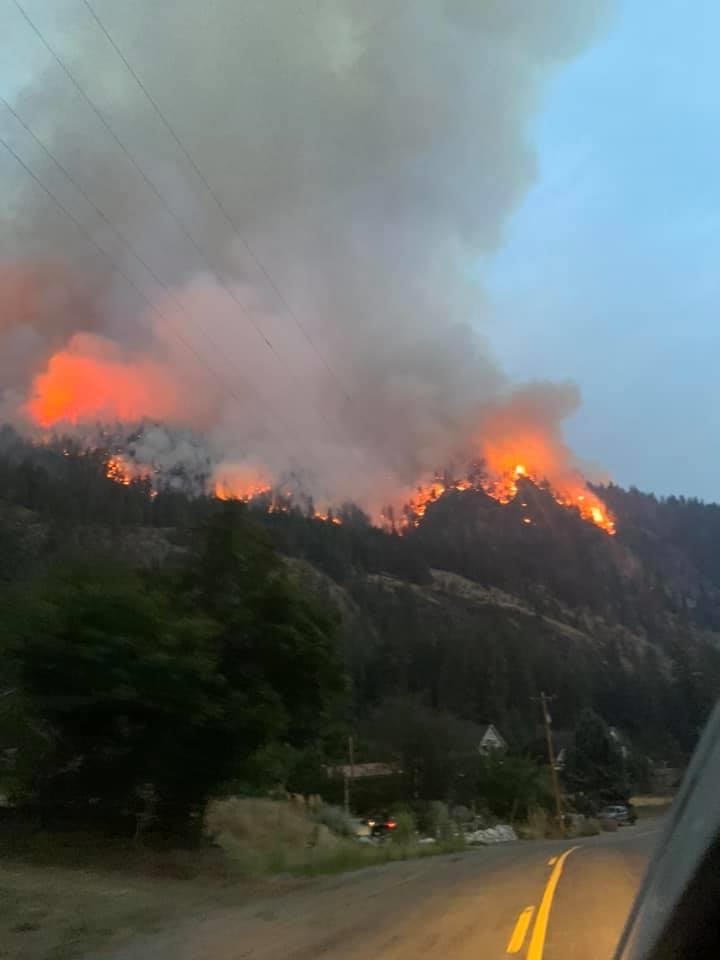
Having been told by the fire marshall that the responders were short-handed, they returned to their home early the next morning, prepared for the worst. When they arrived, however, they found their house safe and intact with one of SE Thurston Fire Authority’s trucks parked between the house and the fire.
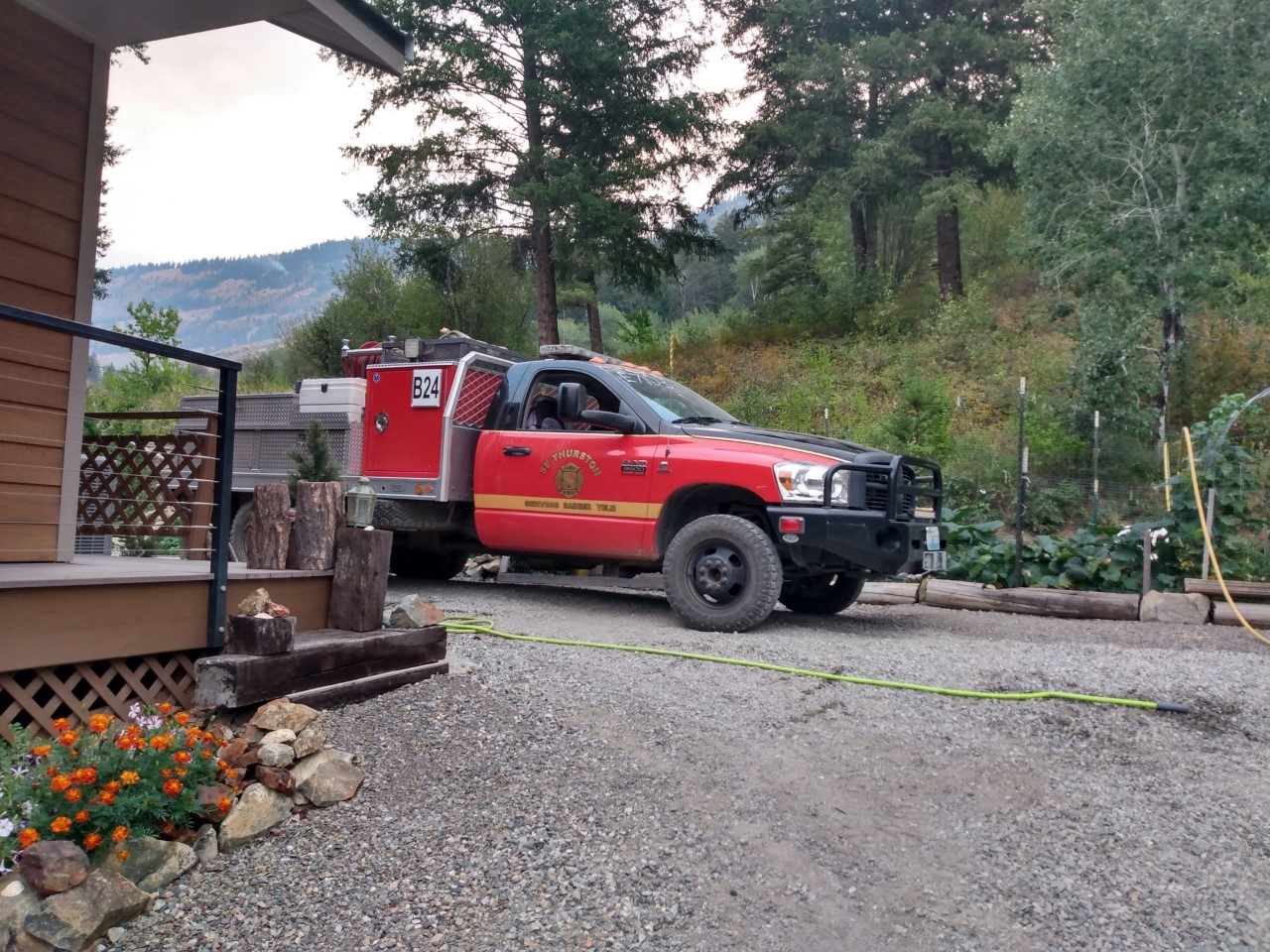
The Sturdivants sent their thanks for Joshua Burkhardt and Jeremy McLellan. Their actions helped save this family’s home.

